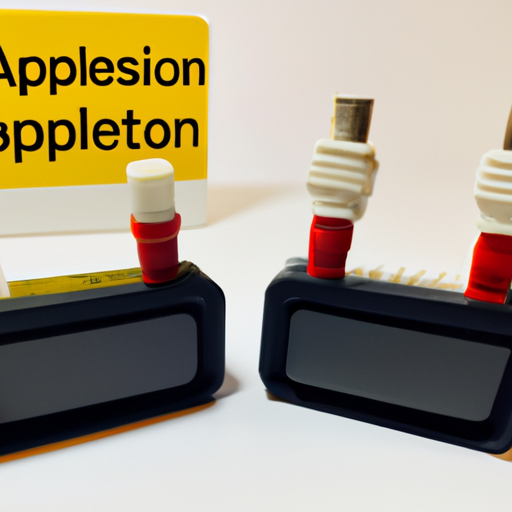Application Development in Proximity/Occupancy Sensors: CFR-50JB-52-16R
The development of applications for proximity and occupancy sensors, particularly for finished units like the CFR-50JB-52-16R, is a dynamic field that combines various technologies to enhance efficiency, comfort, and security in diverse environments. Below, we delve deeper into the key technologies and notable success stories that illustrate the impact of these sensors.
Key Technologies
| 1. Sensor Technologies | |
| 2. Wireless Communication | |
| 3. Data Analytics and Machine Learning | |
| 4. Integration with IoT Platforms | |
| 5. Energy Management Systems | |
| 1. Smart Building Management | |
| 2. Retail Space Optimization | |
| 3. Healthcare Facilities | |
| 4. Smart Home Automation | |
| 5. Educational Institutions |
Success Stories
Conclusion
The application development for proximity and occupancy sensors, such as the CFR-50JB-52-16R, showcases the transformative potential of these technologies across various sectors. The integration of advanced sensor technologies, wireless communication, data analytics, and IoT platforms not only enhances operational efficiency but also contributes to significant energy savings and improved user experiences. As the field continues to evolve, the incorporation of AI and machine learning will further expand the capabilities and applications of these sensors, paving the way for smarter, more responsive environments.






